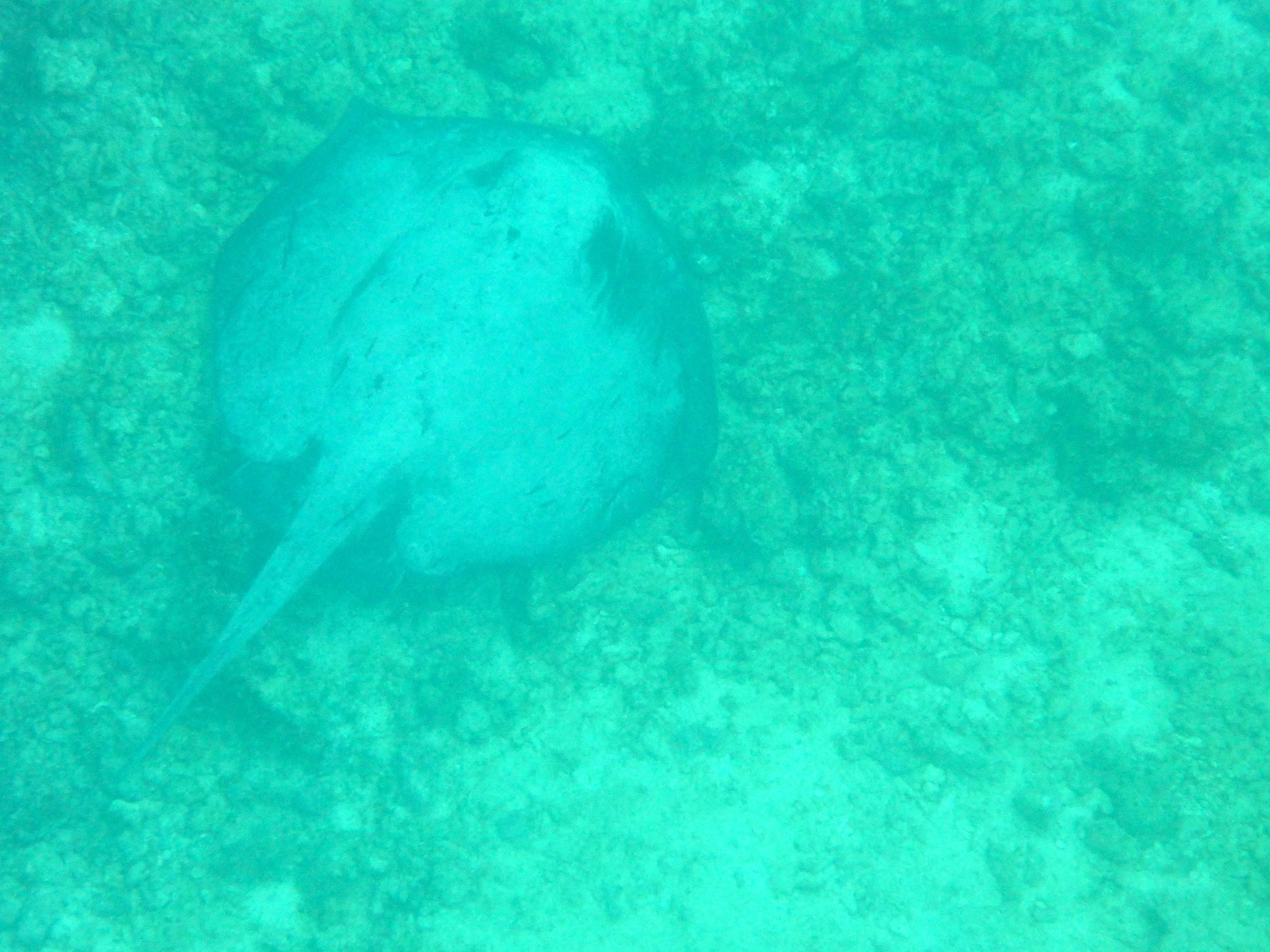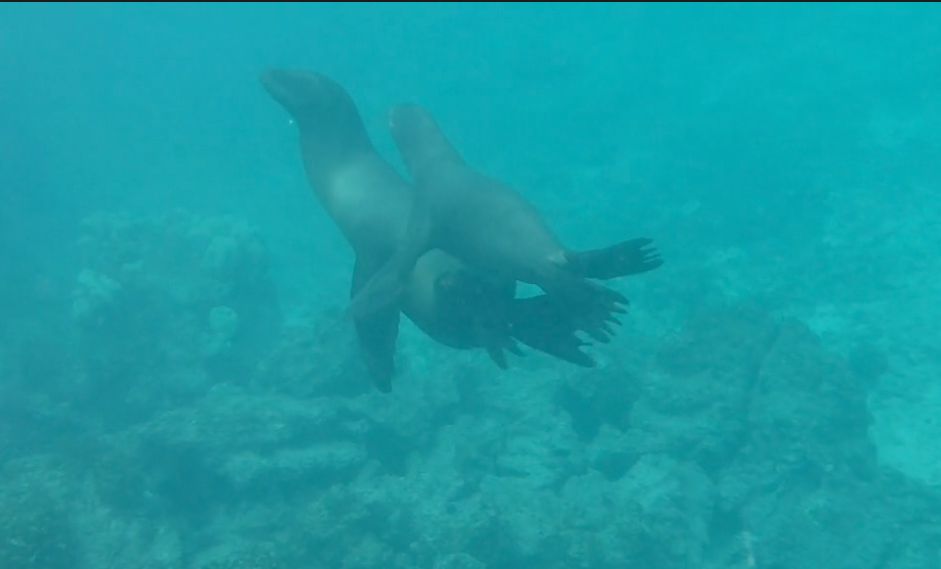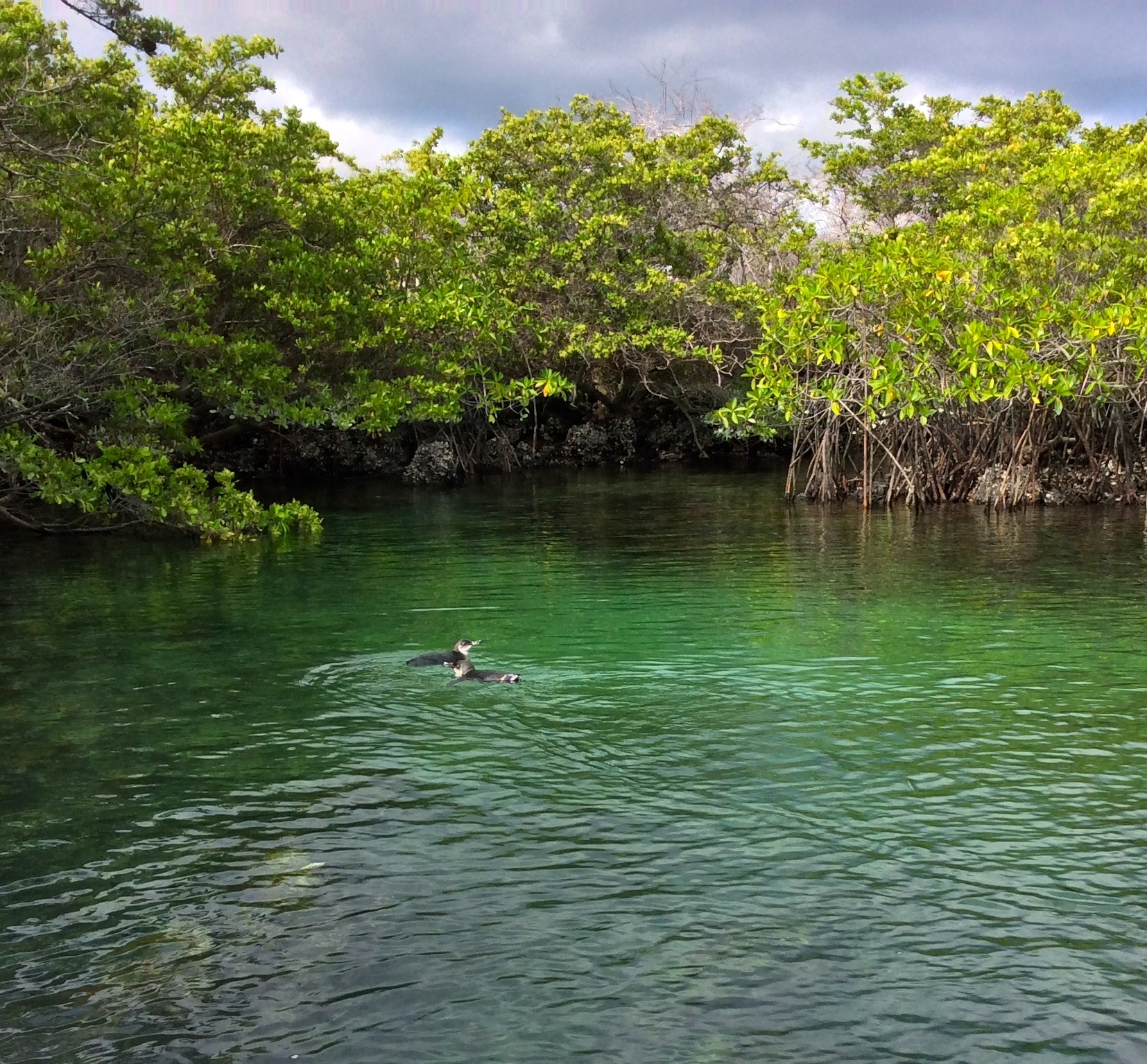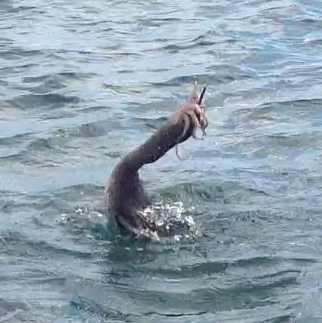It seems that every time I use a new app, or engage with technology, my privacy is being infringed upon in some way. Turns out, after reading dozens of articles and books about it, it is! Whenever I discuss this with other people a common response is “So what? I’ve got nothing to hide.” But is this really how we should be reacting to such ubiquitous data collection about our personal lives?
It’s not about whether or not I’ve got something to hide. That would imply I was doing something sinister or criminal for which there could be personal or legal repercussions. For me it’s about whether or not I want somebody (or some company) to know that much about me. Companies are constantly collecting, analyzing, tracking, and monitoring dozens of data points about all of us, most of which is easily gathered through using apps and smartphones. Most of the time, despite my personal research efforts, I have no idea what is actually being collected or how it will be used in the present or in the future. Something that may seem rather innocent now could be used to incriminate or target me at a later point in time.
For example, it’s common for companies to collect data about our buying habits. This data is then used to send us targeted advertisements, or in some cases, offer different prices on websites based on buying histories, salary information, and proximity to competitor stores. While I don’t feel like I have anything to hide about what I’m purchasing, I don’t want retailers to know so many details about my habits which enables them to target (and bombard) me with ads, coupons, promotionals, etc. all when they know I’m most likely to make an impulse buy.
As it becomes more common for these types of activities to go unchallenged, we become accustomed to them. The infringement on our privacy has been gradual and not without benefits, making it easy to accept. Over time we become complacent and stop thinking about the intrusions as something worrisome or problematic.
You may flippantly dismiss sneaky external data collection with a shrug of the shoulders thinking, I’ve got nothing to hide. While this may be true, it’s also true that you have something to protect.








